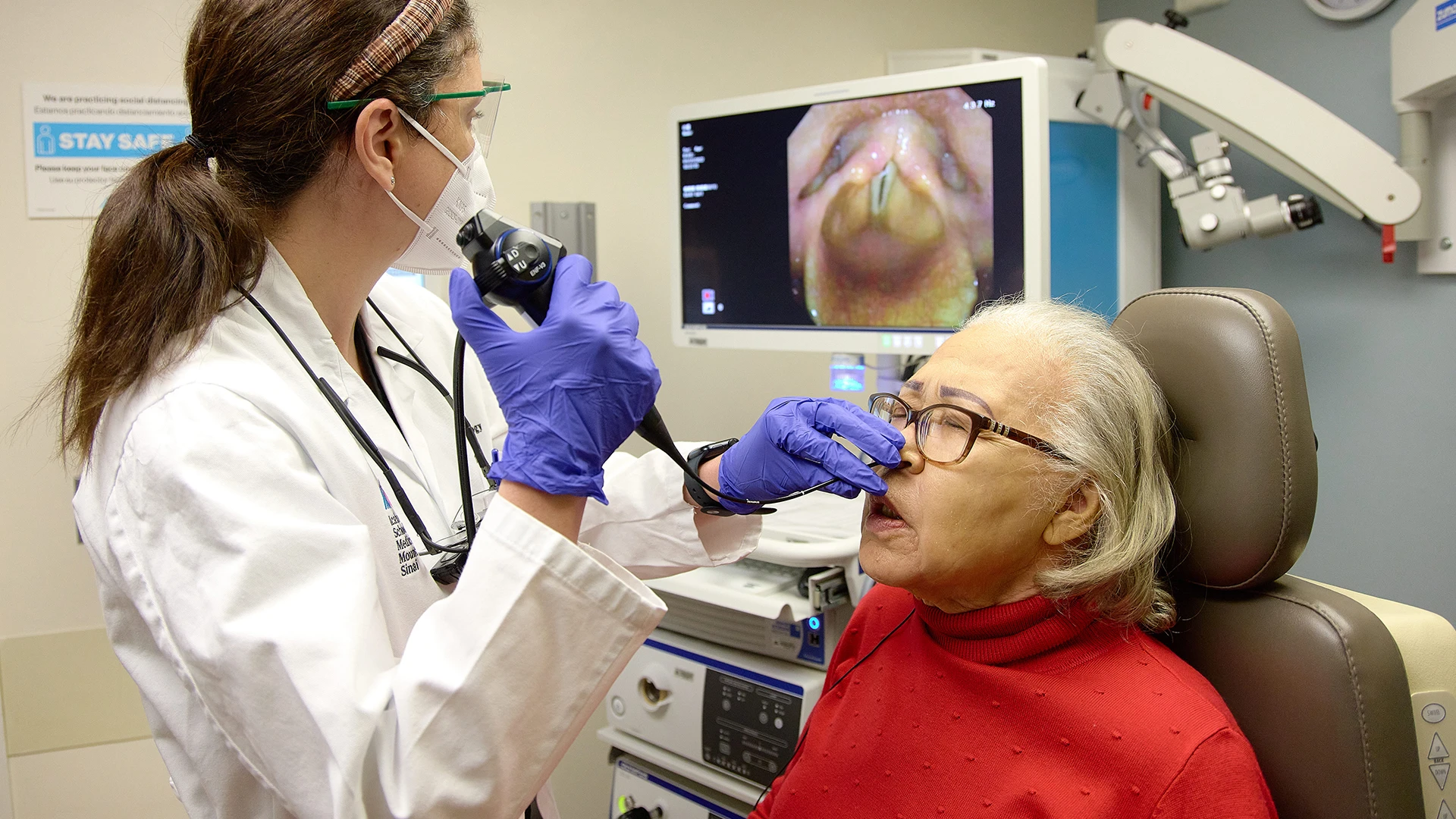Historically, intubation has been more of an art than a science. The selection size of the endotracheal tube is largely subjective and there is little evidence available to support what the standard of care should be and why some individuals develop complications.
Researchers within the Department of Otolaryngology-Head and Neck Surgery at the Icahn School of Medicine at Mount Sinai want to change that by developing concrete, evidence-based intubation protocols that standardize the use of endotracheal tubes across medicine.
Physicians have long known that intubations come with their share of complications. Such problems commonly include sore throat, hoarseness, scarring or paralysis of the vocal cords, and, most devastatingly, airway stenosis—a narrowing of the windpipe that often needs surgical repair.
“Like many things in medicine, intubating a patient is learned in a hands-on, apprenticeship-like manner,” explains Benjamin Tweel, MD, Assistant Professor of Otolaryngology-Head and Neck Surgery at Icahn Mount Sinai. “There really isn’t a set guideline.”
Researchers at Icahn Mount Sinai studied 386 patients who were intubated in the emergency room before the pandemic from 2018 to 2020. Fifty-seven percent had an endotracheal tube that had an internal diameter of eight centimeters and 13 percent developed complications that needed further treatment. Most remarkably, 81 percent of the patients who had problems post-intubation were given at least an eight centimeter internal diameter tube.

Dr. Kirke assesses the vocal cords of a patient presenting with voice change.
“We were surprised to find so many patients being intubated with these large tubes,” explains Diana Kirke, MD, Assistant Professor in the Department of Otolaryngology-Head and Neck Surgery. “It has generally been thought that larger intubation tubes improve ventilation because it is easier to pass a bronchoscopy through the airway and flush out the lungs, but smaller instruments are available today that can achieve this.
All of the evidence we have gathered points to the fact that these larger tubes are inappropriately sized and have adverse effects.”
Traditionally, there has been no consideration given to the patient’s individual anatomy. General guidelines have been based on gender—endotracheal tubes are generally sized no larger than eight centimeters in men and seven and a half centimeters in women. Previously, researchers have found that the relationship between height and weight is a far more important consideration than gender.
“There was an assumption that men had bigger tracheas than women, but there really is not any correlation. Height is a more important factor than gender,” says Dr. Kirke.
In fact, according to scientific literature, only individuals over six feet in height should receive tubes that have an internal diameter of eight centimeters. Shorter patients, they discovered, were more likely to develop airway stenosis. Results of this study were presented at the American Academy of Otolaryngology-Head and Neck Surgery annual meeting and the findings are now being used to develop international protocols in partnership with the North American Airway Initiative.
Throughout the pandemic, there has been a stark rise in the number of intubations and resulting complications. Researchers plan to conduct a similar study with patients who were intubated due to COVID-19.
“This quality initiative was a superb demonstration of the collaborative nature of our work at Mount Sinai,” says Dr. Kirke. “Intubation should not be a procedure that leads to untoward effects. In the future, this research will inform our practices, particularly during times of pandemic-related crises.”
Featured

Diana Kirke, MD
Assistant Professor of Otolaryngology—Head and Neck Surgery
